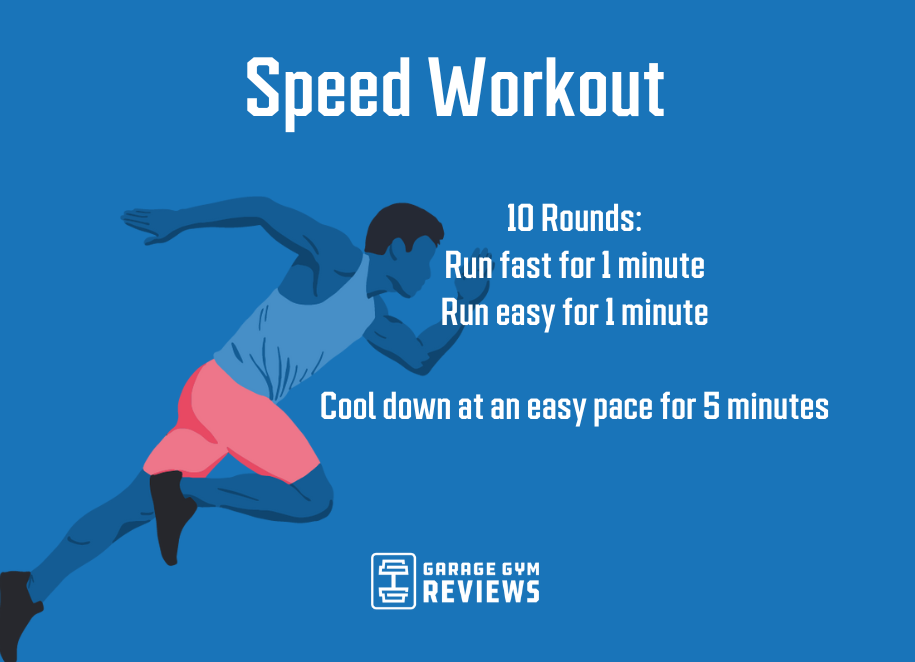Control Your Runs: Proven Strategies for Effective Running Workout
Control Your Runs: Proven Strategies for Effective Running Workout
Blog Article
Conquering Discomfort in Running: Methods and Techniques That Job
Pain is a typical friend for lots of runners, frequently serving as a barrier to attaining their desired objectives. Nonetheless, with the appropriate techniques and strategies, it is feasible to overcome and even stop the discomfort related to running. By discovering different methods such as understanding the various kinds of running pain, optimizing shoes and kind, incorporating cross-training and strength exercises, applying reliable healing methods, and maintaining appropriate nourishment and hydration, runners can possibly relieve their pain and improve their total running experience.
Recognizing Various Types of Running Discomfort

An additional kind of running pain is joint discomfort, which can manifest as a sharp or throbbing discomfort in areas such as the knees, hips, or ankle joints (running strategy). Joint pain may be triggered by factors like improper running type, overuse, or underlying problems like joint inflammation (click here now). It is necessary to differentiate in between muscle mass discomfort and joint pain, as the latter might call for medical attention to avoid further injury
Comprehending the different sorts of running pain is important for efficient management and prevention methods to make certain a secure and delightful running experience.
Correct Shoes and Running Kind
To maximize efficiency and lower the danger of running-related injuries, selecting appropriate footwear and maintaining correct running form are vital elements for runners of all degrees. It is recommended to pick running shoes that are specifically created for the person's foot type, running stride, and the type of running task they engage in.

Cross-Training and Stamina Workouts
Taking part in cross-training and integrating strength exercises into a running regimen can substantially boost total efficiency and lower the possibility of injuries. Cross-training, such as cycling or swimming, assists improve cardio health and fitness while providing running muscle mass a break from recurring influence. It additionally helps enhance different muscular tissue groups, bring about much better total body conditioning. Strength exercises, like squats, lunges, and core exercises, play a critical role in stabilizing muscle mass and enhancing running effectiveness. They can correct muscle mass imbalances, boost agility, and boost power output, all of which are essential for running performance.
It is vital to allow for ample remainder in between running sessions and cross-training activities to stop overuse injuries. By incorporating these aspects right into a running regimen, joggers can build a stronger structure, enhance efficiency, and delight in a much more lasting running experience - navigate to this website.
Recovery and Rest Strategies
Having established the value of cross-training and strength workouts in a thorough running routine, interest can now be routed in the direction of Healing and Relax Techniques as integral parts for optimizing efficiency and reducing the threat of injuries. (running workout)
Healing after running is critical for muscle mass fixing and development. Strategies such as foam rolling, stretching, and massage aid in minimizing muscle mass pain and boosting versatility. Ample rest in between runs allows the body to recover and adjust to the physical stress, protecting against overuse injuries.
Incorporating active healing days right into a training timetable, where low-intensity tasks like walking or biking are executed, can improve blood flow and advertise healing without putting excess stress on the muscles. In addition, proper hydration and nutrition play an essential function in the recuperation process by restoring lost fluids and nutrients.
Quality sleep is another necessary facet of recuperation that ought to not be neglected. Throughout rest, the body undergoes repair and regeneration procedures, adding to total physical and psychological health. By prioritizing healing and rest methods, runners can maintain optimal performance levels and decrease the likelihood of experiencing discomfort link or injuries.
Nourishment and Hydration for Runners
Carbs provide power for running, while healthy proteins help in muscular tissue repair service and recuperation. Adequate hydration is likewise crucial to maintain optimum performance, as even light dehydration can adversely affect running efficiency. Furthermore, timing meals and snacks properly before runs can aid stop intestinal discomfort and provide the required energy for peak performance.
Final Thought
Finally, by comprehending the various types of running pain, using correct shoes, maintaining correct running type, integrating cross-training and stamina exercises, prioritizing healing and rest, and concentrating on nourishment and hydration, runners can efficiently conquer pain and improve their performance. Executing these techniques and techniques can help runners stop injuries, boost their endurance, and inevitably enjoy a much more meeting running experience.
Report this page